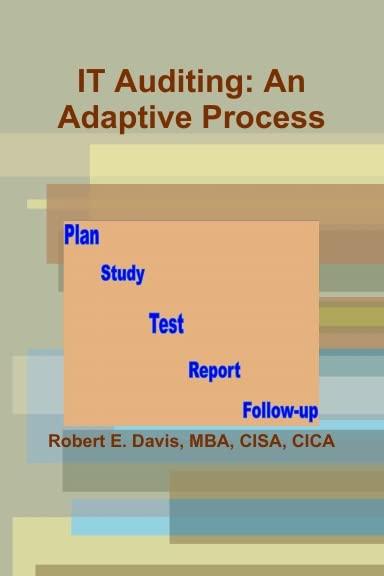Question
This Comprehensive Problem is to acquaint you with the content of the 2015 financial statements of Home Depot, Inc., and related disclosures, excerpts of which
This Comprehensive Problem is to acquaint you with the content of the 2015 financial statements of Home Depot, Inc., and related disclosures, excerpts of which are reproduced in Appendix A of this textbook. (The 2015 financial statements are for the fiscal year ended January 31, 2016.) The problem contains three major parts, which are independent of one another: Part I is designed to familiarize you with the general contents of a companys financial statements; Part II involves analysis of the companys liquidity; and Part III analyzes the trend in its profitability. If you work this problem as a group assignment, each group member should be prepared to discuss the groups findings and conclusions in class. A good starting point for understanding the financial statements of a company such as Home Depot, Inc. , is to understand the accounting policies used in preparing those statements. The first note accompanying the financial statements provides a brief description of the major accounting policies the company used. Most of the areas discussed in this note have been covered in this text. Part I Annual reports include not only comparative financial statements but also other sources of information, such as: - A multiyear summary of financial highlights, a summary of key statistics for the past 5 or 10 years. - Several pages of Notes that accompany the financial statements. - Reports by management and by the independent auditors in which they express their respective responsibilities for the financial statements. Instructions: Answer each of the following questions and explain where in the statements, notes, or other sections of the annual report you located the information used in your answer. a. How many years are covered in each of the primary comparative financial statements? Were all of these statements audited? Name the auditors. What were the auditors' conclusions concerning these statements? b. Home Depot, Inc., combines its statement of retained earnings with another financial statement. Where are the details about changes in the amount of retained earnings found? c. Over the three years presented, have the company's annual net cash flows been positive or negative from (1) operating activities, (2) investing activities, and (3) financing activities? Has the company's cash balance increased or decreased during each of these three years? Part II Assume that you are the credit manager of a medium-size supplier of building materials and related products. Home Depot wants to make credit purchases from your company, with payment due in 60 days. Instructions: a. As general background read the first note to the financial statements, "Summary of Significant Accounting Policies." Next, compute the following for the fiscal years ending January 31, 2016 and February 1, 2015 (round percentages to the nearest tenth of 1 percent, and other computations to one decimal place): 1. Current ratio. 2. Quick ratio. 3. Amount of working capital 4. Percentage change in working capital from prior year. 5. Percentage change in cash and cash equivalents from the prior year. b. On the basis, of your analysis of your analysis in part a, does the company's liquidity appear to have increased or decreased during the most recent fiscal year? Explain. c. Other than the ability of Home Depot to pay for its purchases, do you see any major considerations that should enter into your company's decision? Explain? d. Your company assigns each customer one of the four credit ratings listed below. Assign a credit rating to Home Depot, Inc., and write a memorandum explaining your decision. (In your opinion memorandum, you may refer to any of your computations or observations in parts a through c, and to any information contained in the annual report.) POSSIBLE CREDIT RATINGS: A. Outstanding. Little or no risk of inability to pay. For customers in this category, we fill any reasonable order without imposing a credit limit. The customer's credit is reevaluated annually. B. Good. Customer has good debt-paying ability but is assigned a credit limit that is reviewed every 90 days. Orders above the credit limit are accepted only on a cash basis. C. Marginal. Customer appears sound, but credit should be extended only on a 30-day basis and with a relatively low credit limit. Creditworthiness and credit limit are reevaluated every 90 days. D. Unacceptable. Customer does not qualify for credit.
Step by Step Solution
There are 3 Steps involved in it
Step: 1

Get Instant Access to Expert-Tailored Solutions
See step-by-step solutions with expert insights and AI powered tools for academic success
Step: 2

Step: 3

Ace Your Homework with AI
Get the answers you need in no time with our AI-driven, step-by-step assistance
Get Started


